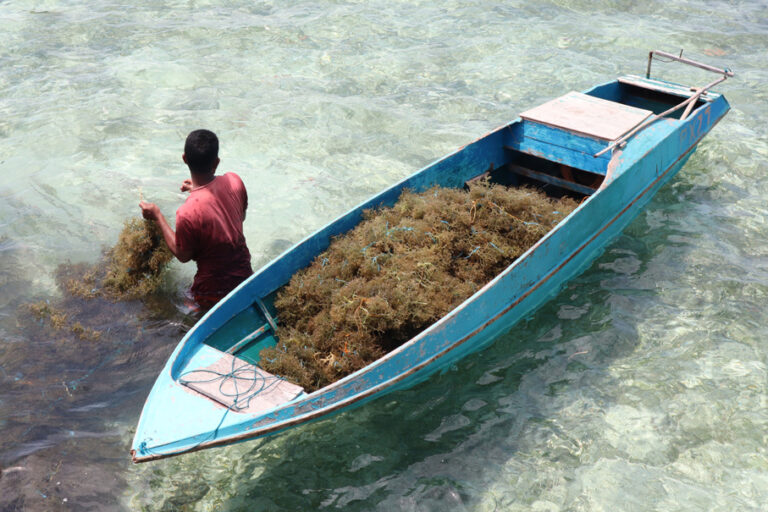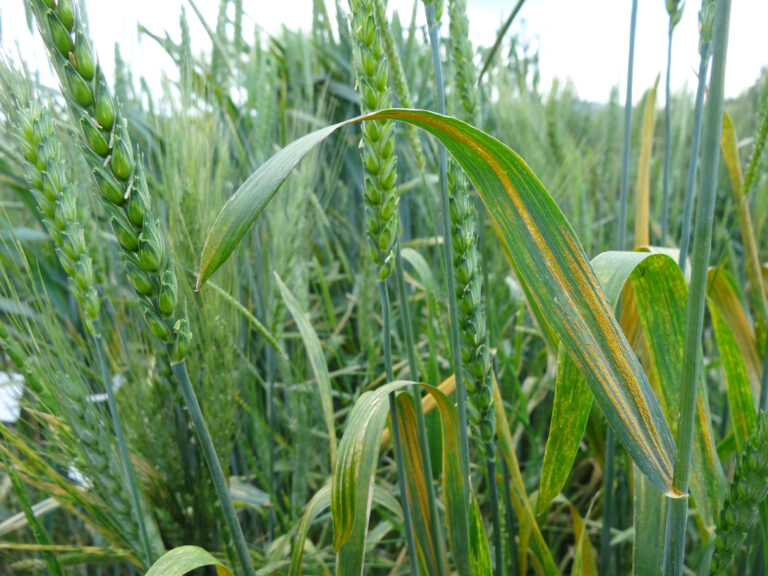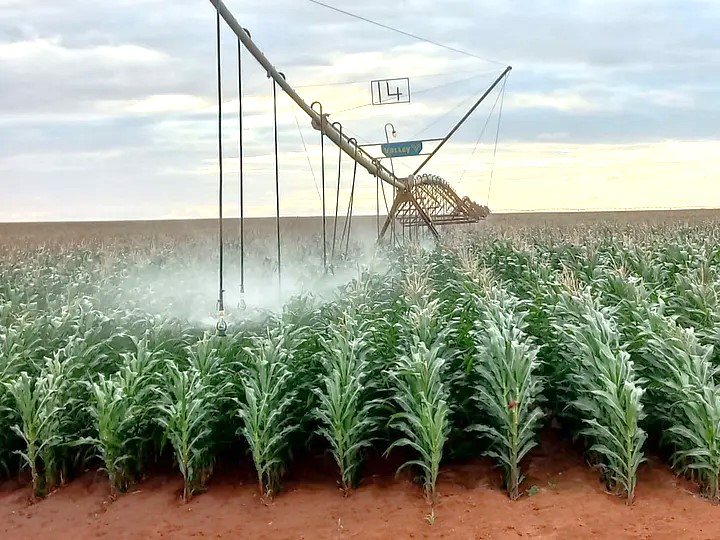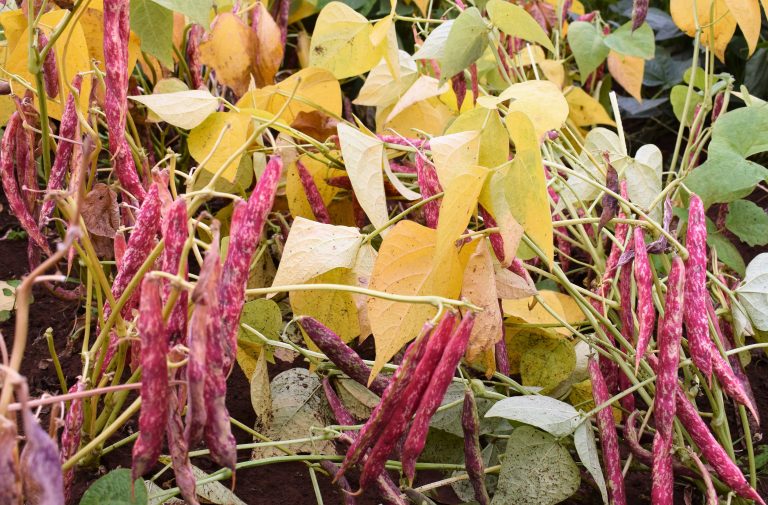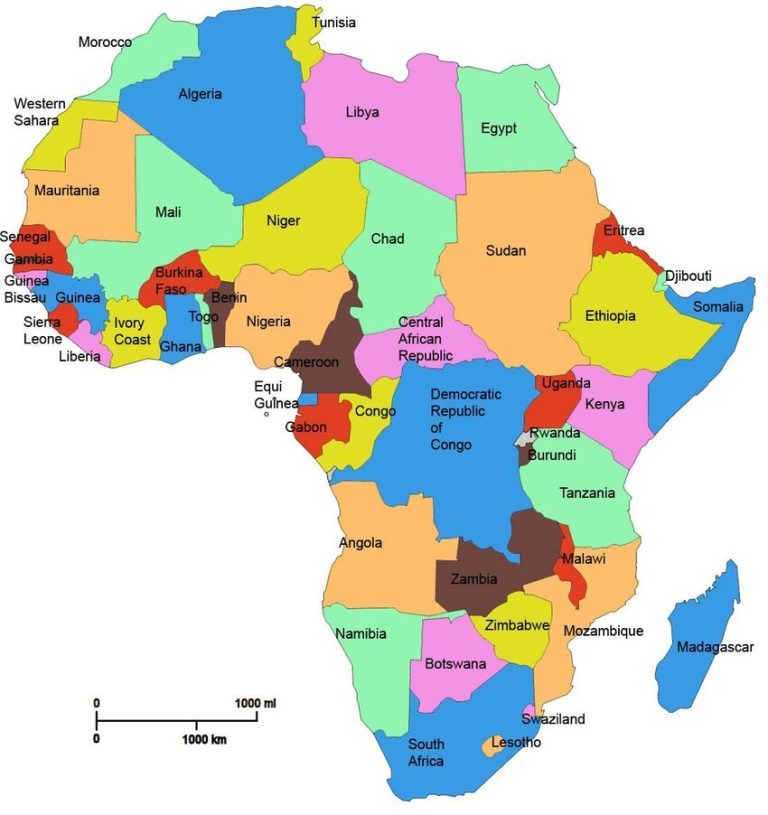By FAO
Every year, June 18 marks Sustainable Gastronomy Day. This begs the questions: 1) What in the world is sustainable gastronomy? 2) Why is it important enough to have a “day” dedicated to it? and 3) Even so, why should I care?
What is Sustainable Gastronomy?
Gastronomy is sometimes called the art of food. It can also refer to a style of cooking from a particular region. In other words, gastronomy often refers to local food and cuisine. Sustainability is the idea that something (e.g. agriculture, fishing or even preparation of food) is done in a way that is not wasteful of our natural resources and can be continued into the future without being detrimental to our environment or health.

Sustainable gastronomy, therefore, means cuisine that takes into account where the ingredients are from, how the food is grown and how it gets to our markets and eventually to our plates.
Why does it have a “day”?
Because eating local foods that have been produced sustainably makes a difference to people’s livelihoods, to the environment and to economies. By 2050, the world will have over 9 billion mouths to feed. Yet, 1/3 of all food produced is lost or wasted. As it stands now, we are using our oceans, forests and soils in largely unsustainable ways. We need to be more careful about how we use our natural resources as producers and we need to be pickier about how we choose our food as consumers.
Eating locally-grown products helps to boost an area’s economy, support its farmers and reduce the greenhouse gases and resources used in transporting food. Buying locally grown products means that there is demand for them and this helps farmers maintain their livelihoods.
Why should I care?
Most of us care about food. Some of us REALLY care about food (We are talking to you foodies out there!). Caring about our local foods and markets means that we can help to preserve our culinary roots: the traditional crops, recipes and cultures from which these cuisines originate. It means that we are mindful of the resources that have gone into growing the food that we cherish and that we are helping to keep culinary traditions alive.
By being open to locally grown foods and eating what is in season, you can help shift the buying patterns of local businesses, like restaurants and hotels, and support the area’s fishers and farmers. You can also expand your diet to include other traditional crops, like quinoa or cactus pear, that are full of vitamins and minerals.
What can I do?
1. Support your farmers: Go to local food markets. By buying from small producers or family farmers, you are supporting their livelihoods and strengthening communities.
2. Try local foods in your travels: whether trying types of fish you have never heard of or fruits that you have never seen before, eating local products helps to give you a better insight into the culture of a place and supports local economies.
3. Keep culinary traditions alive! Culinary traditions are generally sustainable by nature and remind us of our ancestral roots. Try cooking recipes that use ingredients native to your region. Pulses, for example, are easy to grow and extremely nutritious.
4. Avoid food waste: While cooking, and even after your meal, be conscious to use all of your ingredients wisely and to save your leftovers. Being careful about portion size, expiration dates and reuse of meals is one of the easiest ways to save natural resources.
As overweight and obesity rates soar worldwide, it is that much more important to ensure that healthy and sustainable diets are available and affordable to everyone. We can all take action to achieve healthy diets and a Zero Hunger world by 2030.





